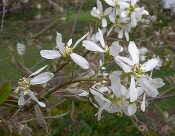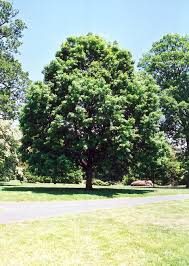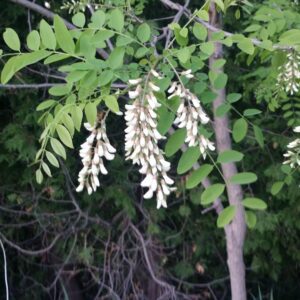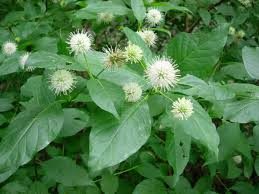Order Minimum
There is a minimum order total of $150.00.
before tax (VA residents only) and shipping.
There are NO EXCEPTIONS.
Description
Minimum purchase of 5 plants required
Common Name: serviceberry Type: Tree Family: Rosaceae Native Range: Eastern North America Zone: 4 to 9 Height: 15.00 to 25.00 feet Spread: 15.00 to 25.00 feet Bloom Time: March to April Bloom Description: White Sun: Full sun to part shade Water: Medium Maintenance: Low Suggested Use: Flowering Tree Flower: Showy, Fragrant Leaf: Good Fall Attracts: Birds Fruit: Showy, Edible Tolerate: Clay Soil, Air Pollution Garden locations Culture Easily grown in average, medium, well-drained soil in full sun to part shade. Tolerant of a somewhat wide range of soils.
Root suckers are common, and if not removed, will result in a shrubby growth habit for the plant. Noteworthy Characteristics Amelanchier arborea, commonly called downy serviceberry, is a deciduous, early-flowering, large shrub or small tree which typically
grows 15-25' tall in cultivation but can reach 40' in the wild. A native plant that occurs most often in open rocky woods, wooded slopes,
and bluffs. Features 5-petaled, showy, slightly fragrant, white flowers in drooping clusters which appear before the leaves emerge in early spring.
The finely-toothed, obovate leaves exhibit good fall color. Flowers give way to small, round green berries which turn red and finally mature
to a dark purplish-black in early summer. Edible berries resemble blueberries in size and color and are often used in jams, jellies and pies.
Amelanchiers are commonly called Juneberries. Genus name comes from a French provincial name for Amelanchier ovalis a European plant in this genus. Specific epithet means growing in a tree-like manner. Problems No serious problems. Rust, leaf spot, fire blight and powdery mildew are occasional disease problems, and sawfly, leaf miner, borers, and
scale are occasional insect pests. Garden Uses Best in shrub borders, or in woodland, naturalized or native plant gardens, especially with dark or shaded backdrops which
tend to highlight the form, flowers and fall color of the plant. Also effective along stream banks and ponds.




